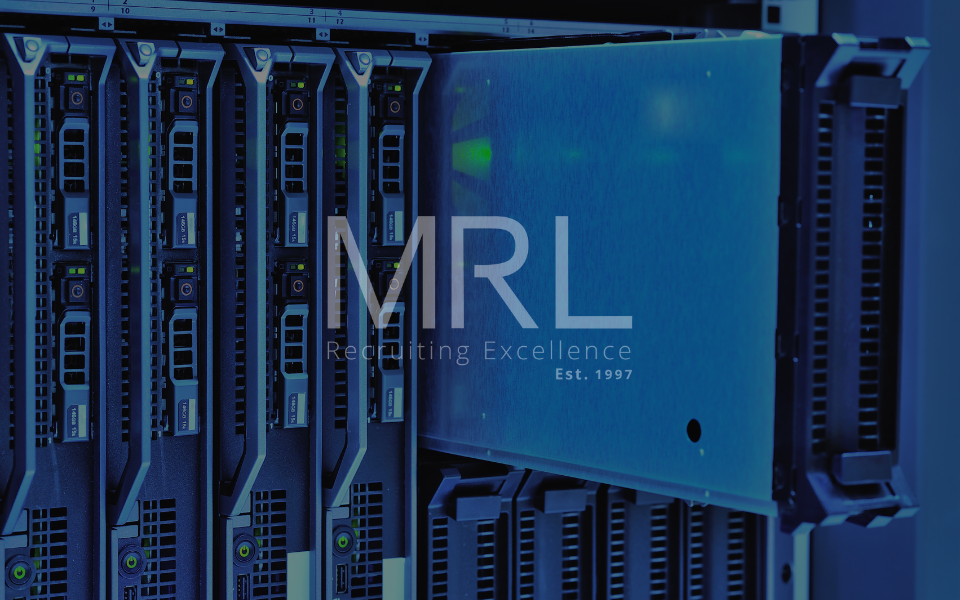What are the data center industry trends for 2023?
28 Feb, 20235 minutesData centers are an integral part of the modern digital world. As technology continu...

Data centers are an integral part of the modern digital world. As technology continues to advance at a rapid rate, the need for data and storage management increases. The industry has seen exponential growth as a growing global population requires more access to data.
The global pandemic resulted in new challenges for the industry. This ‘new normal’ changed how the majority of businesses operate. However, this is not the only driving factor for the expected industry growth and continued evolution. Keep reading as we give our predictions for data center industry trends in 2023.
Driving forces for growth in the data center industry
COVID-19 altered how industries operate, with many workers opting for more flexibility and remote work. This cultural shift resulted in a rise in demand for consumer electronics during the pandemic, as many made their home office set-ups. Due to this, we also saw the shift to automated processes to replace onsite workers with AI, machine learning systems, and Robotic Process Automation (RPA).
Digitization of existing processes in many industries, including a growing industrial sector and a rising number of SMEs (small to medium enterprises), are beginning to adopt digital technologies. Over-the-top (OTT) services are a relatively new method for delivering film and television directly via the Internet without traditional cable or satellite broadcasting. Streaming in high definition across devices requires more data and faster connectivity than ever before.
We are seeing substantial growth in technologies that require data centers, for example, the growing demand for cloud services, whose providers opt for external data centers. In-house data centers require considerable investments for their construction and subsequent maintenance and could be an unlikely option for providers moving forward.
We are seeing substantial growth in technologies that require data centers, for example, the growing demand for cloud services, whose providers opt for external data centers. The demand for external data centers is due to the considerable investments needed for in-house construction, subsequent maintenance, and the expensive energy and water costs.
Automation in the data center industry
AI use is increasing as companies invest millions into developing AI and machine learning systems to improve operations and efficiency. Adopting AI and RPA provides solutions for analyzing losses at all stages of data centers, for example, manufacturing, storage, and data management.
5G and Wi-Fi 6 in data centers
We can expect data centres to increase their speeds by introducing mid-band 5G and Wi-Fi 6 to networks that will boost overall capacity. Following the popularity of AR and VR, and the standardization of high-definition video applications, data centers must accommodate the processing and storage of the mass data these applications create. In core data centers, we can expect 400G optics to replace 100G, resulting in a quicker data flow.
Sustainability in the data center industry
Sustainability will be a priority focus for new and existing data centers, as their increased use has resulted in rising energy and water consumption. The evolutionary process of data centers to move toward expanding and improving data compression and deduplication requires better systems for cooling. ALSO states that passively cooled systems with the latest technology regarding components that consume significantly less power and tolerate higher temperatures will be more predominant in the future. Changing operating systems like this could help tackle climate change issues.
New regulations and policies for data centers have made the application process longer, as data centers need to show substantial improvements in their sustainability efforts. We predict that this need for innovative sustainable designs will put constraints and delays on the supply chain. The data center industry is estimated to account for 3% of energy and water consumption globally. Rising costs of energy and water and reduced availability in several markets are limiting the ability to bring on new data center capacity despite the demand for data center infrastructure.
If you're looking to start your career or looking for a new challenging role, get in touch with our specialist Data Center team by emailing us at datacentres@mrlcg.com




